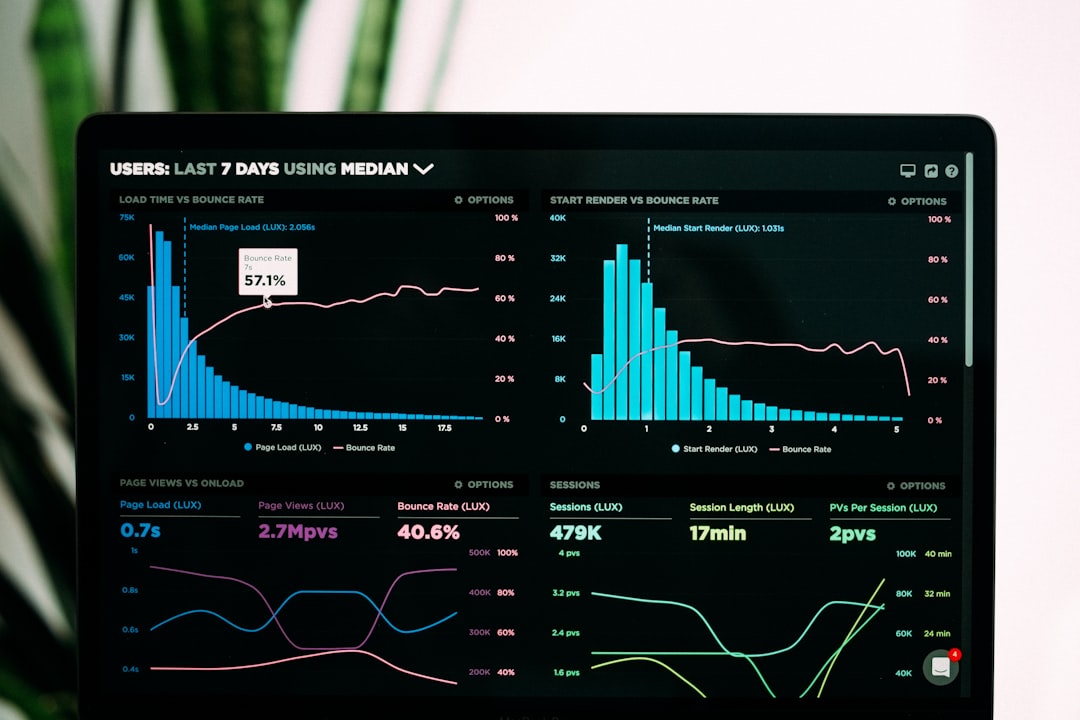In today’s fast-paced digital economy, online retailers are constantly looking for ways to streamline their operations, reduce costs, and deliver faster, more personalized customer experiences. One of the most transformative tools that has led to significant gains in operational efficiency is ecommerce platform integration. By integrating various tools like inventory management, customer relationship management (CRM), and supply chain software into a centralized ecommerce platform, brands have successfully achieved efficiency improvements of up to 70%.
This article delves into how ecommerce platform integration has revolutionized operations for a number of successful brands, allowing them to scale seamlessly, automate redundant tasks, and make data-driven decisions in real-time.
The Power of Seamless Integration
Gone are the days when ecommerce businesses could manually manage inventory, track sales, process orders, and monitor customer behavior across fragmented channels. Integration allows for real-time communication between various systems and tools, creating a centralized ecosystem where all business operations function like a well-oiled machine.
For instance, platforms like Shopify, Magento, WooCommerce, and BigCommerce now offer plugin ecosystems and API connections that support the integration of third-party applications. Brands that have leveraged this interconnected landscape report dramatic improvements in:
- Inventory accuracy
- Order fulfillment speed
- Customer support efficiency
- Marketing ROI
- Real-time reporting and forecasting
Case Study 1: Atlas Outfitters
Atlas Outfitters, a direct-to-consumer outdoor apparel brand, was struggling with outdated inventory and shipping systems that lacked real-time synchronization. Orders were often delayed or mismatched due to human error and data silos across platforms.
By integrating their ecommerce website, inventory management software (TradeGecko), and shipping automation tools (ShipStation), Atlas Outfitters achieved:
- 70% faster order processing times
- A 45% reduction in inventory inaccuracies
- A centralized dashboard for tracking product, customer, and fulfillment data

The operational overhaul enabled them to ship thousands more orders during peak seasons without increasing their internal team size or budget.
Case Study 2: Glow Beauty Co.
Glow Beauty Co., a cosmetics brand known for its eco-conscious skincare line, had achieved solid growth through influencer campaigns and social media. But their backend operations were ill-equipped to handle increased demand. Their marketing channels, ecommerce store, and CRM were operating in isolation, leading to duplicated records, missed follow-ups, and inefficient promotions.
By integrating HubSpot CRM, Klaviyo for email marketing, and their Shopify store, Glow Beauty Co. was able to automate:
- Customer segmentation for targeted outreach
- Loyalty campaigns and follow-up sequences
- Abandoned cart recovery efforts
As a result, they saw:
- A 35% increase in repeat purchases
- 50% faster customer service response times
- 60% efficiency gains in campaign execution

Case Study 3: Zen Kitchen Supplies
Zen Kitchen Supplies specializes in unique, handmade kitchen utensils. Previously operating with a small team using manual data entry for managing their Etsy and WooCommerce sales channels, they faced constant synchronization issues, delayed shipping, and inventory conflicts.
After implementing a multi-channel integration through an ERP system—Oracle NetSuite—they unified their sales channels, inventory, fulfillment, and accounting under one roof. The results were impressive:
- Saved more than 25 hours/week that were spent on manual syncing
- Order errors dropped by 80%
- Revenue increased by 40% in the first year of full integration
This comprehensive integration strategy allowed their small team to operate like a much larger business, enhancing both customer satisfaction and internal efficiency.
Most Common Integration Points That Drive Efficiency
While each brand’s tech stack will differ depending on the business model, several integration points consistently yield high ROI:
- ERP Systems: Integrating ERP with ecommerce platforms allows for automatic syncing of orders, inventory, and financial data.
- CRM Integration: Helps in better customer segmentation, personalized offers, and automated support workflows.
- Marketing Automation: Tools like Mailchimp, Klaviyo, and ActiveCampaign can be seamlessly linked to run triggered campaigns and track ROI.
- Shipping and Fulfillment: Integration with carriers via apps like Shippo or EasyPost speeds up shipping and reduces errors.
- Inventory Management: Real-time inventory tracking avoids overselling and stockouts.
These integrations not only improve internal workflows but also enhance the overall customer experience by ensuring consistency, speed, and responsiveness.
The Bottom Line
Brands that invest in ecommerce platform integration are not only future-proofing their operations; they’re also unlocking unseen potential in workforce productivity, customer satisfaction, and overall profitability. Whether it’s automating fulfilment, improving the accuracy of data, or creating a personalized shopping journey, integration acts as a catalyst for growth and operational excellence.
When implemented correctly, an integrated ecommerce ecosystem acts as both a digital nervous system and a growth engine—a perfect combination for ambitious brands in the digital age.

FAQs
1. What is ecommerce platform integration?
Ecommerce platform integration is the process of connecting various software tools—such as CRM, ERP, marketing automation, and inventory systems—into one central ecommerce platform to allow seamless data flow and operational efficiency.
2. How does integration improve efficiency?
Integration eliminates the need for manual data entry, reduces errors, facilitates better data management, and enables automated workflows. This leads to quicker decision-making, fewer mistakes, and considerable time savings.
3. What platforms are best for ecommerce integration?
Popular platforms like Shopify, Magento, WooCommerce, and BigCommerce support a variety of integrations. The best platform depends on the business size, complexity, and preferred tools.
4. Can small businesses benefit from ecommerce integration?
Absolutely. Small businesses can see tremendous gains in productivity and scalability by using affordable tools that connect order management, email marketing, and CRM functions.
5. Is integration expensive?
The cost of integration depends on the complexity and the number of systems involved. However, the long-term savings and efficiency gains usually outweigh the initial investment.